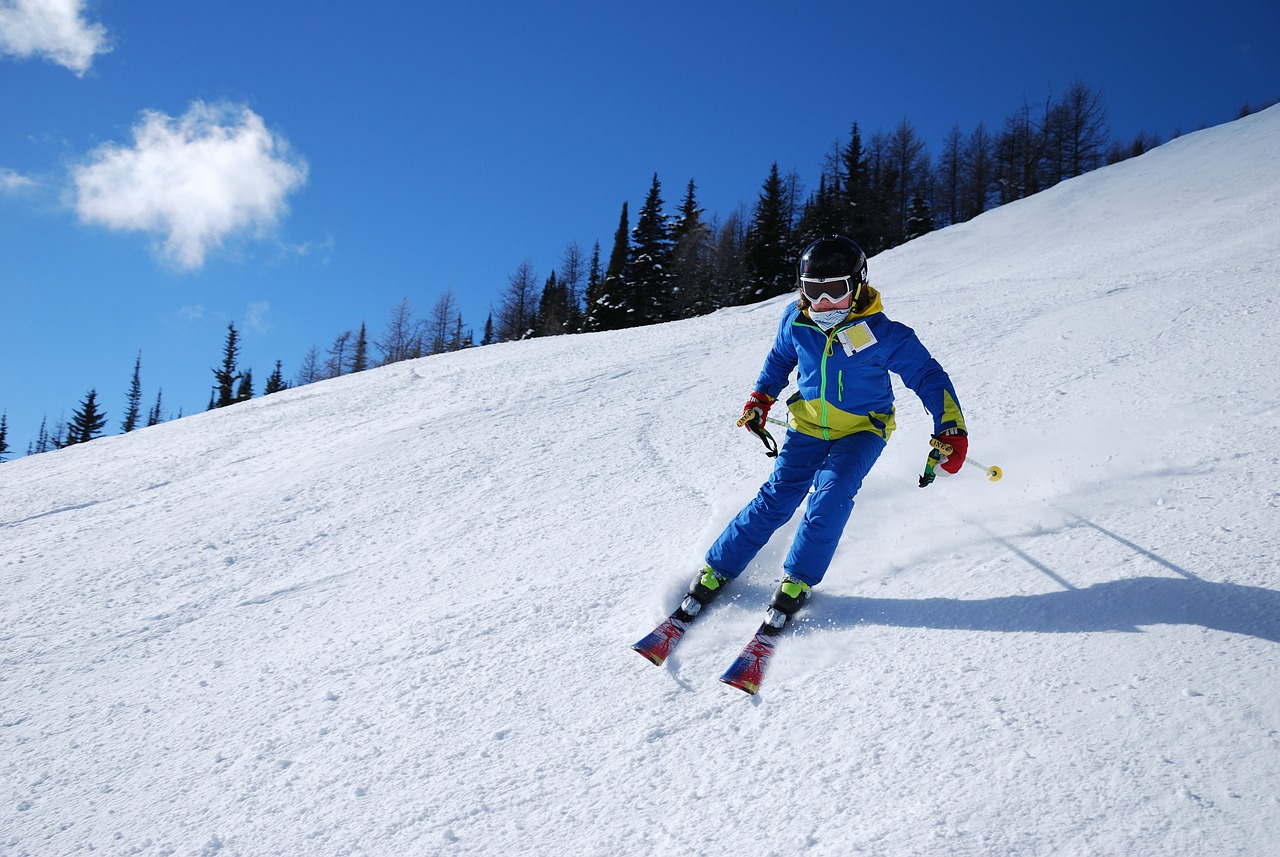It’s a bluebird day. There’s a fresh layer of powder on the slopes. Your skis are waxed, your helmet is strapped, and you’re ready to go.
With the 2022-2023 ski season fast approaching, this will be our reality in just a few short weeks. However, there’s an important topic we need to discuss before your first magical day on the slopes: ski injuries.
In reality, over 600,000 ski and snowboard-related injuries occur in North America every year. How can you ensure that your name doesn’t end up on that list?
Keep reading for five expert tips to avoid ski injuries and stay safe all winter long.
1. Focus on Pre-Season Fitness
As you already know, skiing is an incredible workout. Even if you’re already in good shape, your best chance of avoiding injury is to prepare your body now for those long days on the slopes.
Focus on strengthening your legs and your core muscles so you’ll be strong and steady on your feet. Up your cardio routine to prep your heart and lungs for the intense activity, especially if you’ll be visiting from lower elevations.
2. Don’t Push Beyond Your Limits
The fastest road to injury is tackling a run that’s beyond your current skill level. If you’re still getting comfortable on greens (beginner runs) or blues (intermediate runs), stay there and master that level before you attempt to move on.
Better yet, take private or group lessons to improve your skills and boost your confidence. Work on your ability to turn on a dime, make a sudden stop, and quickly adjust your speed.
Skiing faster or on a more challenging run than you’re ready for (or both) makes you a hazard to yourself — and everyone around you.
3. Respect Mother Nature
We all live for those bluebird powder days, but some days the conditions are less than ideal. Ice may lurk beneath a layer of powder, while fog or blowing snow can bring the visibility to zero.
You can’t control the weather, but you can control what you decide to do in it. Skiing in poor conditions makes you tense up, which makes it harder to hold your edges and control your speed.
If the weather conditions aren’t cooperating, downgrade to an easier run or take a break in the lodge to warm up and relax.
4. Listen to Your Body
The majority of ski injuries happen at the end of the day when your body is starting to feel fatigued. You decide you’re going to do “just one more run” or finally tackle that tricky black diamond, and then — wham!
Don’t let this happen to you.
Instead, let common sense be your guide. Stay hydrated, eat plenty of snacks to fuel your energy, and go easy on the booze (better yet, wait until apres ski). Take frequent breaks in the lodge to give your body and mind the chance to rejuvenate and refocus.
5. Speed up Recovery with a Therapeutic Massage
Whether you’re a beginner or a seasoned skier, you’re bound to feel a few aches and pain after a day on the mountain. Stretching and a long soak in a hot tub can certainly help, but there’s something else you can do to help your body recover.
Visitors and locals alike often book a series of massages during the ski season. Therapeutic massage helps to push lactic acid out of your muscles, loosen your joints, and improve your mobility.
Not only will you feel better, but you’ll move better on the mountain, reducing your chance of injuring yourself!
Avoid Ski Injuries & Enjoy Your Time on the Slopes
After some unseasonably warm, dry winters, we all have high hopes for the 2022-2023 ski season. Make sure yours is a safe one by reviewing these suggestions and preparing now to avoid ski injuries!
As mentioned above, therapeutic massage is one of the best ways to recover after a long day on the slopes. It can also help you to stay limber as you start conditioning yourself for the upcoming ski season.
Browse our massage menu or give us a call at 970-445-2114 to learn more about our professional treatment options.

